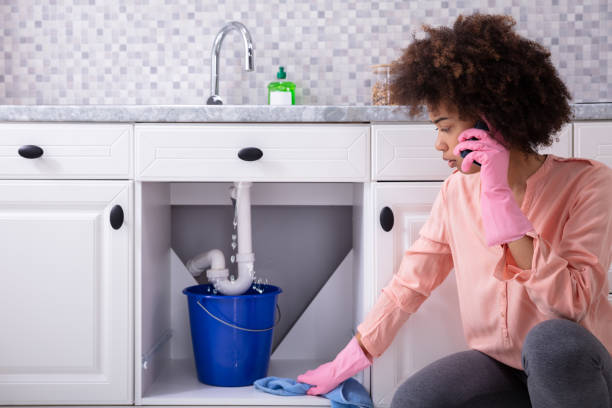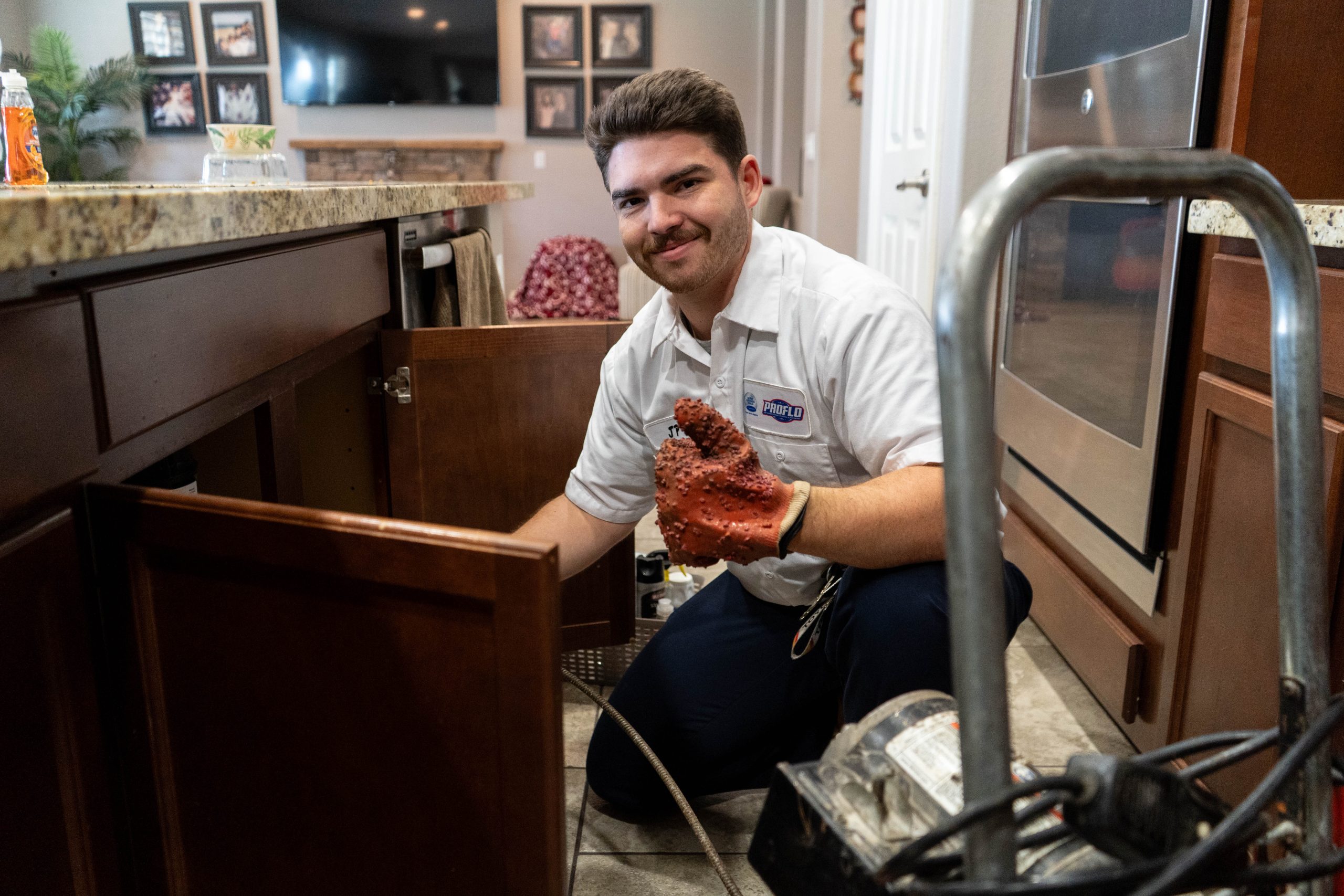Ways to Resolving Plumbing Challenges in Older Homes
Ways to Resolving Plumbing Challenges in Older Homes
Blog Article
Are you currently interested in tips about Plumbing Problems In Old Homes?

Older homes typically come with beauty, personality, and history, but they can also bring a host of pipes problems. Whether you're dealing with maturing pipes, low tide stress, or leaks, knowing exactly how to address these usual problems is important to maintaining a secure and functional home. In this overview, we'll explore the regular plumbing obstacles encountered by older homes and offer sensible options to maintain your plumbing in leading shape.
Understanding Common Pipes Issues
Aging Pipes
Among the most usual problems in older homes is maturing pipes. Relying on the era in which your home was developed, the pipes may be made from products that have actually deteriorated with time, such as galvanized steel, cast iron, or even lead. These products can corrode, come to be fragile, or create leakages, leading to water damages and possible health hazards.
Water High Quality Testing
Older pipes can affect the top quality of your water. Conduct a water quality examination to check for contaminants such as lead, rust, or other contaminations that may be presented by aging pipelines.
Solutions for Common Plumbing Concerns
Replacing Aging Pipes
If your home has old, wearing away pipes, think about changing them with modern products like copper or PEX. This can be a considerable financial investment, however it will protect against future issues and boost the security and integrity of your plumbing system.
Dealing With Low Tide Pressure
To repair low water pressure, begin by cleansing or replacing old fixtures and eliminating mineral accumulation in the pipelines. If the trouble lingers, it might be required to replace sections of rusty pipelines.
Fixing and Changing Dripping Pipelines
For little leakages, you can utilize pipeline clamps or epoxy putty as a momentary repair. Nonetheless, it's finest to change leaking pipelines totally to prevent more damages.
Upgrading Fixtures
Upgrading old components to contemporary, water-efficient models can improve your home's pipes performance and minimize water intake. Try to find fixtures with the WaterSense tag for the best effectiveness.
Managing Pipeline Deterioration
If your pipes are worn away, changing them with corrosion-resistant materials like copper, PVC, or PEX is the most effective service. Normal evaluations and water top quality upkeep can aid protect against further deterioration.
Low Tide Stress
If you're experiencing low tide stress, maybe because of mineral deposits, deterioration inside the pipelines, or old fixtures that are no longer functioning successfully. This can be a significant inconvenience, specifically in locations like showers and sinks.
Leaking Pipes
Leakages are one more frequent concern in older homes, frequently caused by rusty or worn-out pipes. Also little leaks can result in significant water damage, mold and mildew growth, and increased water costs otherwise dealt with immediately.
Out-of-date Fixtures
Outdated pipes components such as taps, commodes, and showerheads not just look old yet may also be much less efficient, vulnerable to leaks, or inappropriate with contemporary plumbing requirements.
Pipe Rust
Deterioration is a common problem in older pipelines, specifically those made from galvanized steel or actors iron. Corroded pipelines can restrict water circulation, cause staining, and eventually cause leakages or pipe ruptureds.
Examining the Condition of Your Pipes
Inspecting Visible Pipelines
Beginning by inspecting any kind of visible pipes in your home, such as those in cellars, crawl spaces, or under sinks. Try to find indications of deterioration, leaks, or corrosion, which can suggest underlying problems.
Looking for Leaks
Look for leaks by examining locations around faucets, commodes, and under sinks. You can also check your water meter prior to and after a duration of no water utilize to detect hidden leakages.
When to Call an Expert
While some pipes concerns can be handled with DIY options, there are times when it's finest to contact a professional. If you're handling significant leakages, comprehensive deterioration, or are not sure concerning the problem of your pipelines, an accredited plumbing technician can offer experienced analysis and repair service.
Preventive Upkeep Tips
Regular Inspections
Regularly examine your pipes system for signs of wear and tear. Capturing problems early can stop pricey fixings down the line.
Water Stress Law
Ensure your water pressure is within the recommended array to prevent worrying your pipes and fixtures. A plumbing technician can set up a stress regulatory authority if required.
Water High Quality Maintenance
Set up water filters or softeners if your water high quality is poor. This can shield your pipelines and components from damage caused by difficult water or pollutants.
Positive Pipe Replacement
If your home has very old pipelines, take into consideration aggressive substitute prior to significant issues occur. This can conserve you from emergency fixings and water damage.
Final thought
Dealing with pipes concerns in older homes needs a combination of caution, precautionary maintenance, and prompt upgrades. By recognizing the typical difficulties and knowing when to look for specialist aid, you can guarantee your plumbing system continues to be practical and trusted for many years ahead.
7 Common Plumbing Issues in Older Homes
Read More Plumbing Articles
Whether you're mulling over purchasing your dream period property, or you already own one, being aware of common plumbing problems in old homes can help you avoid expensive mishaps.
Many plumbing problems in old homes are similar to those faced in newer properties, but some are more prevalent in houses over a certain age. If you've recently bought an old house or haven't had your aging plumbing system inspected in a while, it's worth keeping an eye out for the following issues:
Bad Pipe Materials
Depending on the age of your home, the pipe materials used in your plumbing system may not comply with modern building codes and could be unsafe.
Lead pipes are the most dangerous type of old plumbing pipes. This metal was once used extensively for manufacturing water pipes because it's easy to shape and has a long lifespan. Plumbers also used it to solder joints between pipes made from other materials. However, lead can cause serious health problems, particularly in children. Drinking water from pipes containing lead can lead to lead poisoning symptoms, such as stomach pain and fatigue, so it's essential to replace them if you discover them in your home.
Outdated Fixtures
Even if the previous owners installed high-quality fixtures, these won't be immune to the effects of age and wear and tear. Over time, fixtures can corrode and wear down, increasing the likelihood of leaks and clogs.
Sometimes, an outdated fixture can be a minor irritation that makes using your plumbing system less convenient. However, it's best to maintain older plumbing components carefully and replace them when they show signs of failure to avoid a major leak and water damage.
Corroded or Leaking Pipes
Corroded pipes are a common plumbing issue in old homes. Corrosive substances in the water supply can gradually break down the metal used to make the pipes, eventually causing leaks. Corrosion can also cause sediment to build up, increasing the chances of a clogged pipe. All these issues take time to develop, making them more likely in old house plumbing.
Drain Problems
Older home drainage systems were often installed before the arrival of appliances such as garbage disposals, so they're frequently incapable of handling modern household usage. The result could be frequent clogs or water backing up into sinks and other fixtures.
A failing sewer line is the most serious drainage issue commonly encountered in old houses. This problem is more likely if you've remodeled your home to add more fixtures, placing more pressure on a sewer line not designed for the purpose. Eventually, the line can become clogged, causing unpleasant indoor smells, poor drainage and contaminated wastewater backing up into your fixtures.
Pipe Bellies
Pipe bellies develop when pipes buried in your home's foundation start sagging as the building settles. They create downward slopes, affecting water drainage and increasing the risk of significant blockages. You don't need to worry about pipe bellies in a pressurized main line, as the water pressure prevents the pipes from clogging, but they can cause issues in drain lines.
Root Intrusion
Root intrusion occurs when trees and other shrubs grow roots too close to your sewer line or water service line. Sometimes, the roots penetrate the pipe walls, leading to leaks and soft or wet areas in your yard.
Unfortunately, root intrusion is a more common plumbing problem in old homes. That's because older houses are more likely to have pipe bellies allowing standing water to accumulate, attracting roots to the moist conditions.
https://www.elocal.com/resources/home-improvement/plumbing/faq/plumbing-issues-in-older-homes/

As a keen reader on Plumbing Issues in Older Properties and How to Fix Them, I was thinking sharing that piece of content was a smart idea. If you please take the time to promote this content if you enjoyed it. Many thanks for being here. Return soon.
Visit Page Report this page